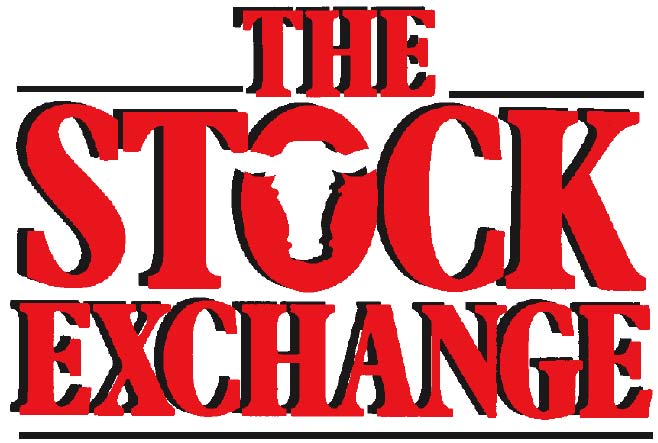21st K-State Beef Stocker Virtual Field Day scheduled for October 1
This year's Stocker Field Day moves to virtual event. MANHATTAN, Kan. – Making alternative ration ingredient changes work, beef cattle market outlook and nutrition, management, and economic aspects of limit feeding are among topics planned for the 2020 Kansas State University Beef Stocker Virtual Field Day on Thursday, Oct. 1. The conference will be hosted on the Zoom webinar platform. "Due to increasing concerns around this evolving situation and standing by our commitment…
